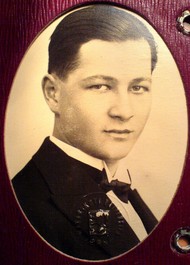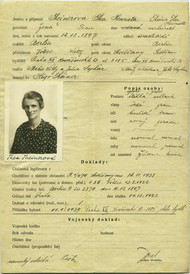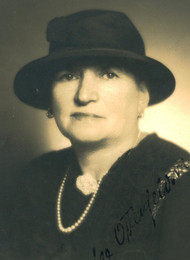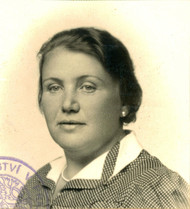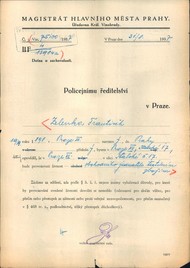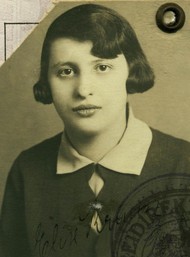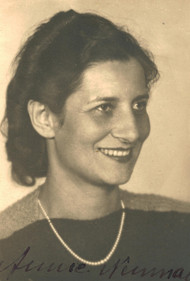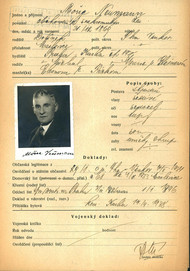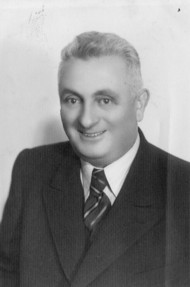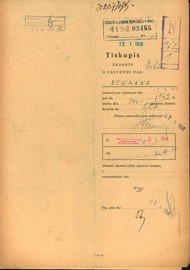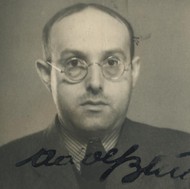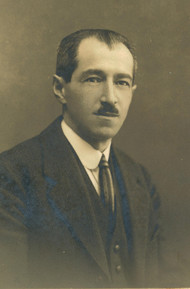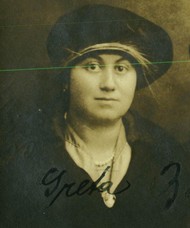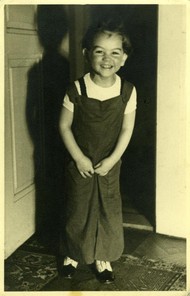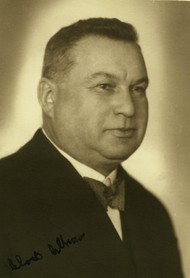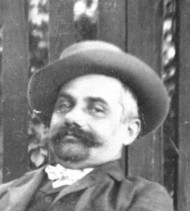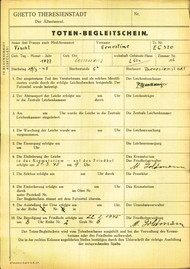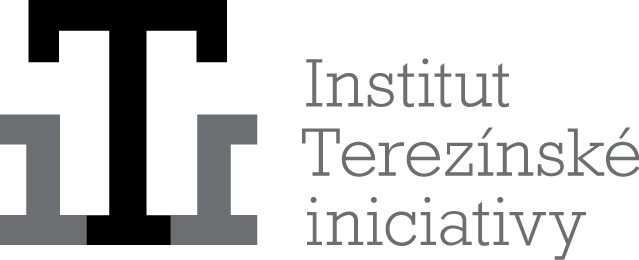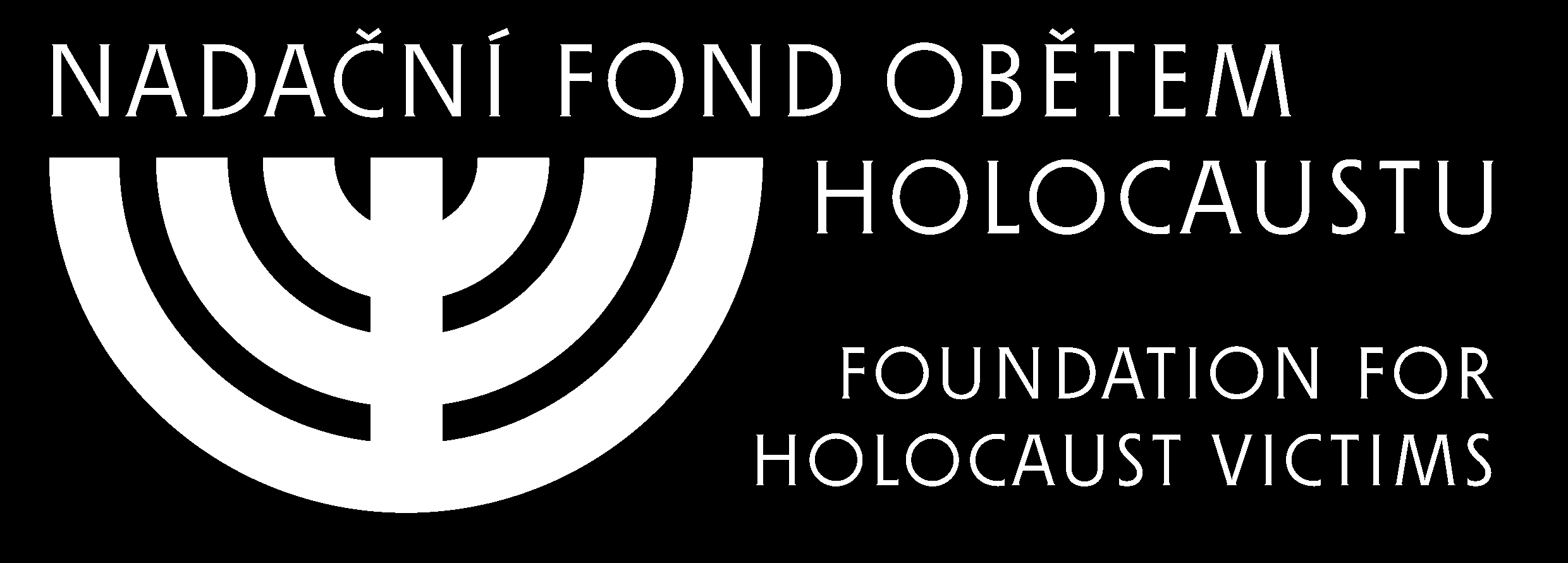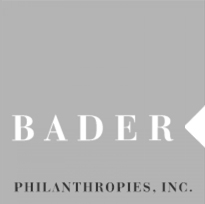Introduction:
It is hard for students to understand the cruelty of the Holocaust. How are people capable of inflicting such atrocities on other human beings? How did some people manage to survive this horror, and not lose faith? The Holocaust will seem to students to be very far from their own lives and experiences. This is why it is important to give history a concrete face. In this module, students will become more closely acquainted with a specific person or family.
Method:
Basic materials:
This module makes use of the personal reminiscences published on this website, mostly in the Memoirs section (link in Czech). Some memoirs have been taken from Židovská ročenka (Jewish Yearbook; link in Czech).
Module length:
Two lessons (plus homework in preparation).
Materials needed:
Internet access, printout of a map of Europe (with borders as they were in 1938), paper and writing materials.
Activities:
Step 1:
Divide the class into groups with four members. Each group reads one memoir, chosen by the teacher (the text should not be too long - if necessary, the teacher may shorten it for the students). The students read the text individually.
Step 2:
Students answer the following questions, by themselves, and write down their answers:
-
What in the story made the greatest impression on them?
-
What feeling did they have when they read the story?
-
What two questions would they like to ask the person?
Step 3:
The students discuss the answers to these questions in the group.
Step 4:
The students are given a map of Europe. They find and mark the town or village where the writer of the memoir lived, or where he spent most of his/her youth. The students then try to gain some historical information about the place in question. They search the Internet for details of the local Jewish community (usually, the professions that were practised in the place, cultural associations, schools etc.)
Basic information on Jewish communities in the Czech lands can be found in Internet sites:
-
Fiedler, Jiří. Židovské památky v Čechách a na Moravě (Jewish Heritage Sites in Bohemia and Moravia). Praha: Sefer, 1992. 200 s.
-
Gold, Hugo. Židé a židovské obce v Čechách v minulosti a přítomnosti (Jews and Jewish Communities in Bohemia Past and Present). Brno - Praha: Židovské nakladatelství, 1934. 735 s.
-
Gold, Hugo. Die Juden und Judengemeinden Mährens in Vergangenheit und Gegenwart. Brünn: Jüdischer Verlag, 1929. 623 s.
Step 5:
Each group gives a short presentation to the others on what their memoir-writer's life was like before the war.
Step 6:
The students return to their groups. Each group tries to find information on the camps in which their memoir-writer was imprisoned, or the escape route they took. They mark the camps or routes on the map. Most of this information can be found by students on this website.
Step 7:
The teacher asks the class the following question: „Why did most persecuted people not manage to escape from the Nazi terror?“ The teacher writes the students' answers on the blackboard. We hope that the following opinions will appear among them:
-
the Nazis' thoroughness
-
the danger if people in hiding were discovered
-
countries outside the occupied zone took only a limited number of refugees
-
the influence of propaganda and antisemitism
-
collaboration
-
society's indifference
-
the policy of terror towards individuals and groups who helped Jews
Step 8:
Each student writes a memorial speech or poem or draws a picture commemorating the destroyed communities.


